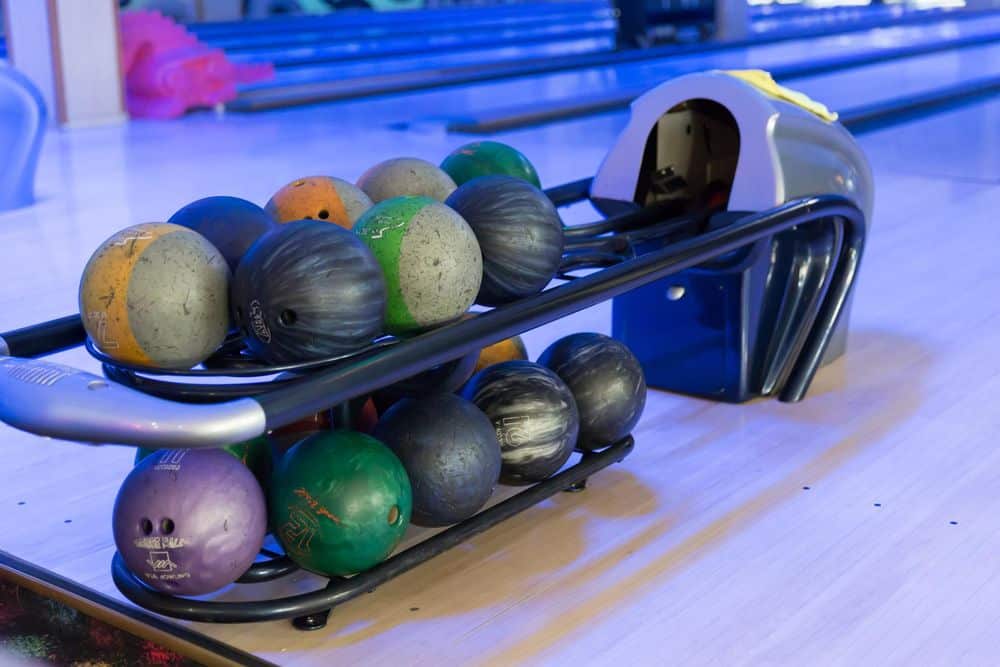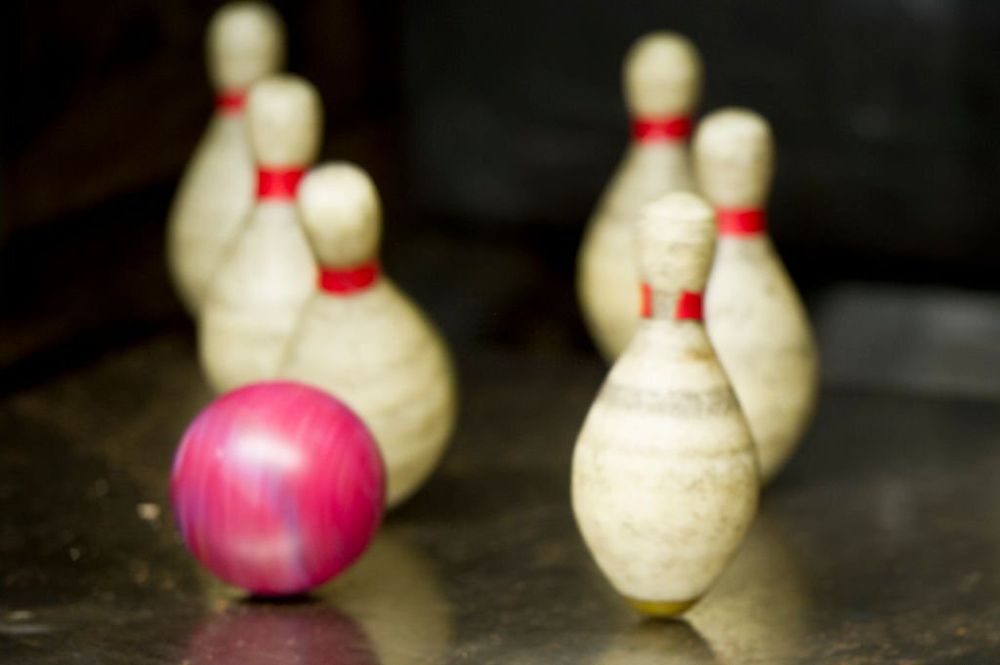For centuries, the sport of bowling has been a popular pastime for men and women alike. But while the men have received much recognition for their feats on the lanes, little is known about the contributions of female bowlers in this history of this beloved game.
Women have fought hard to be seen as equals and earn respect in the competitive world of bowling – something that is still ongoing today.
This article will explore how women’s roles in bowling have evolved over time and take an in-depth look at what they’ve done to make sure their voices are heard.
Since its inception, bowling has traditionally been associated with masculinity; however, many people don’t realize that it’s actually one of the oldest sports played by both sexes.
Female participation can be traced back thousands of years ago when ancient civilizations used stones or logs to play a version of outdoor bowls. As civilization advanced and indoor alleys were created, so too did organized leagues for both men and women who wanted to hone their skills.
Unfortunately, due to gender biases, these ladies weren’t always welcomed into existing male-only competitions until more recent times.
In modern times, professional organizations such as the United States Bowling Congress (USBC) finally began admitting female members in 1945 after a long fight for equality from within the industry.
Since then, numerous initiatives have been implemented worldwide designed specifically to promote diversity and inclusion among all genders.
Despite some progress being made towards achieving parity between male and female bowlers, there is still much work left to do before true equality becomes reality across all levels within this historic sport.
Popularity Of Women’S Sports In The 1920s
The 1920s saw a surge in the popularity of women’s sports. Tennis, croquet, bowling, and archery were some of the most popular options.
Women were asserting their independence by playing sports, challenging the outdated notion that they were fragile and delicate. Although it was still not on the same level as men’s sports, female athletes were finally beginning to gain recognition.
The Detroit school system had a sports program for girls, led by Vaughn M. Davis, which was a major step forward in terms of equality. In 1972,
Title IX was passed, giving female athletes equal access to opportunities and excellence in their sport. This was a decisive moment in the journey towards true gender equality in sports.
The Role Of Title IX In Women’S Sports
In the 1970s, Title IX of the Education Amendments was passed which prohibited gender discrimination in educational programs receiving federal funding.
This act had a major influence on improving women’s sports and providing equal opportunities for female athletes. It allowed them access to training facilities as well as financial support that they wouldn’t have been able to receive before.
Title IX also provided more athletic scholarships and opportunities at the collegiate level which gave many aspiring female bowlers a chance to further their careers. As a result, bowling became increasingly popular among women who were now able to compete with men on an even playing field.
Today, there are numerous tournaments held exclusively for female bowlers where they can showcase their skills without having to worry about facing any gender-based discrimination.
The role of Title IX has helped create a level playing field for all genders and paved the way for greater equality in sport. Women’s participation in bowling has since grown significantly over the years, showing that they are just as capable athletes than men when given equal opportunities.
Women’S Fight For Equality In The Sport Of Bowling
Since the passing of Title IX, women have continued to fight for greater equality in the sport of bowling.
Despite having access to the same facilities and resources as men, there is still a noticeable gap between male and female participation in competitive tournaments.
Women bowlers face challenges such as lack of recognition from sponsors and unequal payouts compared to their male counterparts. This injustice has led many female athletes to speak up about gender discrimination in order to create more opportunities for themselves within the sport.
Furthermore, some organizations have taken initiatives towards making bowling more inclusive by hosting events that cater specifically to female bowlers.
These tournaments provide an avenue where women can compete on equal footing with other competitors regardless of gender or skill level. Organizations like International Womens’ Bowling
Congress (IWBC) have also been instrumental in advocating for women’s rights in the sport. By providing support and representation for female bowlers, IWBC has helped empower them to become successful athletes who are capable of competing at any level.
Through these efforts, there has been an increase in visibility and acceptance of women’s achievements within the world of professional bowling.
It is clear that although progress has been made over time, there is still much work needed to be done before full equality can be reached between genders in this sport.
The Impact Of Social Media On Women’S Bowling
In recent years, social media has emerged as a powerful tool for increasing representation of female bowlers.
Platforms such as Instagram and Twitter are being utilized to showcase the accomplishments of women in the sport, providing an avenue for them to be recognized by fans and sponsors alike.
In addition to highlighting successful players, these platforms also serve as a way for female bowlers to connect with each other and share tips and stories that can help encourage more young girls to take up the game.
This increased visibility has had a positive impact on women’s bowling at all levels; it is now easier than ever before for aspiring athletes to find role models within the sport who look like them or come from similar backgrounds.
This has led to greater participation among females in tournaments, leagues, camps, and clinics around the world – proving that when given equal opportunities, there’s no limit to what they can achieve.
It is clear that social media plays an important role in breaking down barriers faced by women seeking success in this historically male-dominated sport.
The Benefits Of Competitive Bowling For Women
Competitive bowling offers numerous opportunities for female athletes to develop their skills, gain recognition, and build confidence.
By competing in tournaments, women can hone their technique and take pride in the results of hard work and dedication.
This can be especially beneficial for young bowlers; participating in a sport on an equal playing field with boys can help boost self-esteem and provide valuable life lessons about sportsmanship and perseverance.
Furthermore, competitive bowling provides females with the chance to receive recognition from peers and coaches alike – something that was often denied them in decades past.
Moreover, success at the professional level is possible with commitment, practice, and determination regardless of gender. Women have gone on to become some of the top champions in the world; by setting these examples they serve as inspiration for future generations of female bowlers looking to make a mark on the game.
With more opportunities available today than ever before due to social media platforms like Instagram or Twitter, there’s no telling what heights female athletes may reach when given access to resources previously unavailable to them. In short, competitive bowling has played a key role in providing women with greater representation within this male-dominated sport while also offering countless benefits both on and off the lanes.
Physical And Mental Health Benefits For Women Bowlers
Bowling is much more than just a sport; it’s an activity that can boost physical and mental health.
It’s like taking a tonic for female athletes – one that helps them stay focused, agile, and strong while also providing welcome respite from the stresses of everyday life.
In fact, studies have shown that participating in sports such as bowling has been linked to improved heart rate variability, reduced anxiety levels, and enhanced executive functioning skills.
Furthermore, women bowlers reap additional rewards by being part of a team or league environment.
This not only allows them to build relationships with others who share similar interests but also provides support during times of adversity or difficulty on the lanes.
Through camaraderie and shared experiences, bonds are strengthened among teammates which encourages greater trust and mutual respect between players – something invaluable when competing against opponents outside of their own circle.
All these benefits add up to make competitive bowling an excellent choice for those seeking both personal growth and satisfaction at the same time.
It’s clear then that bowling offers numerous advantages for female participants regardless of age or ability level.
By pushing boundaries through competition, overcoming obstacles together with teammates, and finding joy in victory or defeat alike, women gain strength in body and spirit all while having fun.
Whether striving for excellence on the professional circuit or simply enjoying recreational play with friends Bowling is sure to provide lasting memories along with lifelong lessons about resilience, focus and determination–benefits too precious to ignore!
Challenges Facing Female Bowlers Today
Despite the many health benefits of bowling for women, there are still challenges that female bowlers must face in order to gain equal footing within the sport.
For one, there is a lack of resources dedicated to their development and success both on and off the lanes. Compared to men’s leagues, those for women often suffer from fewer sponsorships as well as limited access to media coverage or publicity which can hinder growth opportunities.
Furthermore, while top-level male professionals receive much higher salaries than their female counterparts–which affects performance at tournaments–female bowlers also have difficulty finding coaches who understand their needs.
This limits the chances of reaching peak potential since proper instruction is essential for gaining an edge over competitors.
It’s clear then that despite making strides towards equality in recent years, more work must be done if female bowlers are going to reach parity with men in terms of recognition and financial rewards.
By working together and supporting each other’s efforts we can create a brighter future where all participants enjoy fair treatment regardless of gender.
Only then will it truly become possible for everyone to experience the full power of what this wonderful sport has to offer!
How To Support Female Bowlers
As passionate members of the bowling community, we can all do our part to support female bowlers and promote gender equality in the sport.
One way is to increase access to resources such as coaching by donating money or time to organizations that provide these services free-of-charge.
Additionally, those with a platform should use it to highlight the achievements of women on the lanes–this will go a long way towards inspiring more young girls and showing them what’s possible if they take up this amazing activity.
Furthermore, few things are more powerful than coming together for collective action. By attending tournaments as spectators and cheering on everyone regardless of their background or gender, we will send a strong message about inclusion and respect within the world of bowling.
In doing so, we will be helping create an environment where everyone feels welcome and supported – one that encourages growth and advancement while celebrating diversity at each stage along the journey!
Conclusion
It is clear that women have had to fight for equality in the sport of bowling and still face challenges today.
But, there are numerous benefits to competitive bowling for female bowlers: physical and mental health improvements along with opportunities to compete and grow as a bowler.
In spite of these benefits, some may argue that it is not worth taking on the challenge of overcoming inequality within the sport.
To them I say this: even if we cannot change the world overnight, progress starts with small steps like supporting local female bowlers by attending their tournaments and encouraging young girls to take up the sport.
In doing so, we can create an environment where everyone has equal access to playing and succeeding at bowling regardless of gender or other factors.
So let’s work together towards creating equity in sports such as bowling – which will benefit all participants equally! Encouraging more people – both men and women – to get involved in activities like this is key if we want our society to make real strides towards true gender equality.









